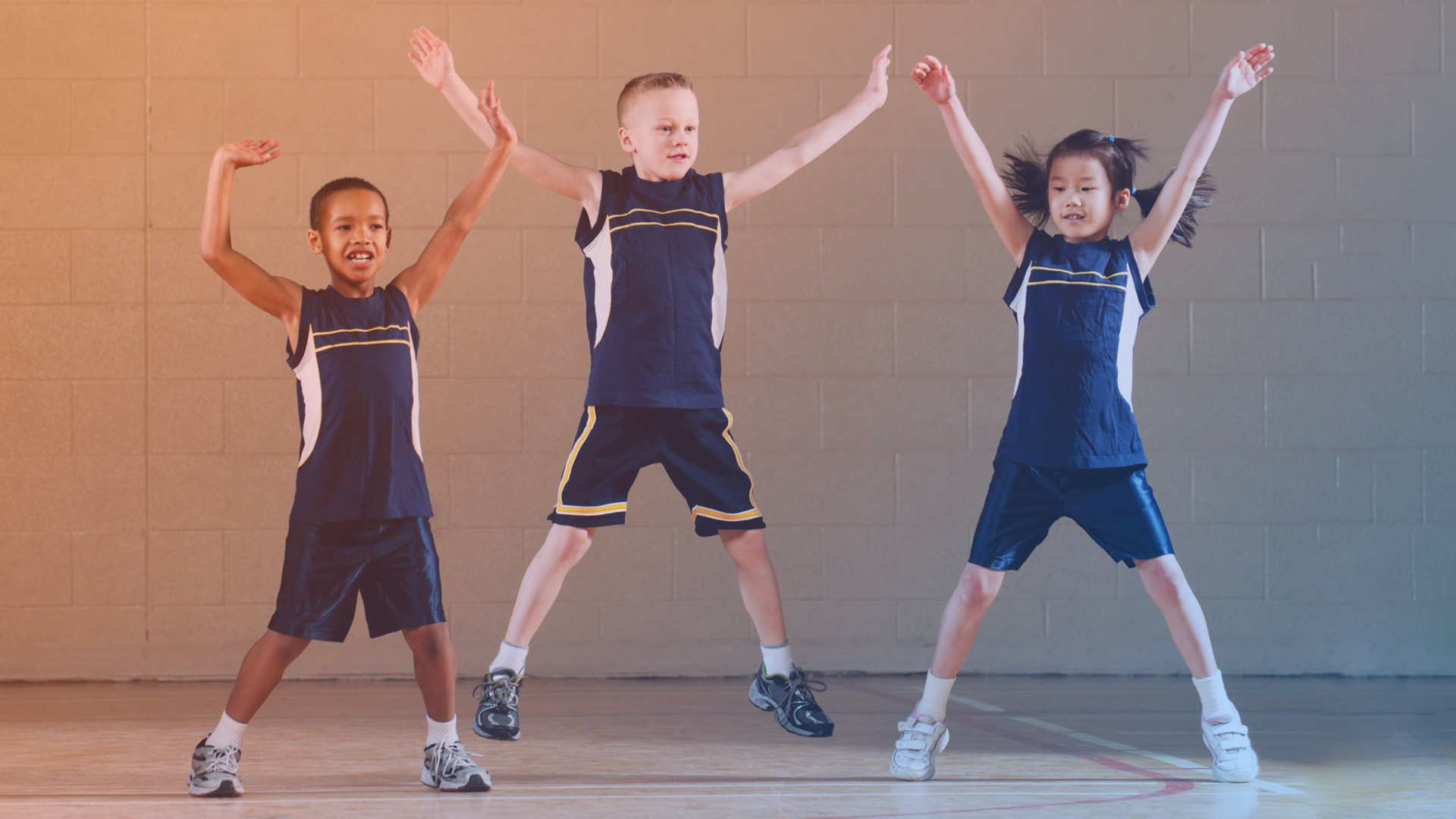 HHP - Update me in site_config > General Configuration
HHP - Update me in site_config > General Configuration
We all want what’s best for our kids. But, research shows we might be dropping the ball when it comes to the physical literacy of our children.

Now, to be fair, you might not even know what physical literacy is. The idea behind it has been slow to catch on in the United States, but in a dozen other countries, especially Canada, it’s a program that almost every child is participating in. Dr. Mike Sagas, chair of the Tourism, Recreation & Sport Management (TRSM) Department at HHP is committed to making physical literacy a household term in the U.S.
So, what is physical literacy? According to the Aspen Institute’s Project Play, Physical Literacy is the mastering of fundamental movement and sport skills that permit a child to read their environment and make appropriate decisions, allowing them to move confidently and with control in a wide range of physical activity situations.
Dr. Sagas wants to be clear that physical literacy is different than physical education and physical activity, and it’s definitely not about becoming an elite athlete. “Physical literacy represents the ABCs of movement, and children with higher levels of physical literacy tend to more active during their youth, adolescence, and adulthood. Therefore, it is important not to miss key developmental windows, especially at a young age, where kids have opportunities to learn specific motor skills that they can use for the rest of their life,” he explains.
Decreasing opportunities for physical activity at school paired with societal shifts away from free play, an increase in youth sport specialization, and the overuse of technology has aided in physical activity rates plummeting in the U.S. over the past two decades. According to Rebeccah Mercado, an HHP graduate student working on this project, “it is appropriate to assume that many children and adolescents today lack physical literacy, meaning they lack the basic skills, knowledge and physical activity behaviors that contribute to an active and healthy lifestyle.”
Research shows that physically literate adults have fewer injuries and live healthier and more active lives, as well as having more physically literate children.
An emerging research project being conducted by HHP faculty and graduate students hopes to create and validate a simple instrument to measure the physical literacy in kids. Dr. Trevor Bopp, a TRSM professor, is leading this research initiative.
“We are aiming to create a program to develop and enhance some of the areas where kids are lacking,” explains Dr. Bopp. “But, first we have to get an instrument in place to take valid measurements of physical literacy.”
In order to create this instrument, Dr. Bopp’s team is visiting kids and their coaches at several Gainesville area sport organizations and having the participants complete nine to twelve exercises. These exercises include tasks like jumping, throwing, catching and hopping. They are videotaped, evaluated and rated on four to six specific criteria for each exercise on a simple three point scale. Once HHP researchers establish if this process is a valid tool of measurement, they hope to get funding to create a digital application for schools, youth sports organizations, and even parents to use to monitor and evaluate physical literacy levels of their students and young athletes.
“Based on the research that has been done in other countries, we truly believe that physical literacy is the most important outcome of any recreational or competitive youth sport activity, yet it is also one that is essentially never measured or monitored for progress. As a society, we are too busy worrying about winning and losing games and as a result we are not creating well balanced and healthy adults,” says Dr. Sagas. “Physical literacy builds kids into adults who are more confident, healthy, and physically active. Physical literacy development also allows kids to develop as competitive and elite athletes that are more resilient, healthy, and balanced competitors that are able to play more than one sport if they choose.”
Physical literacy is one outcome that is critical to get right for all of our kids, regardless of sport, athletic ability or access.